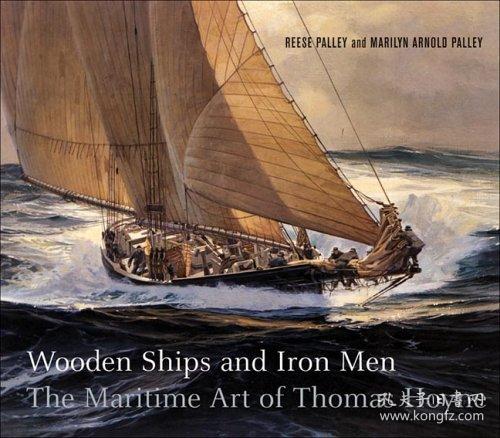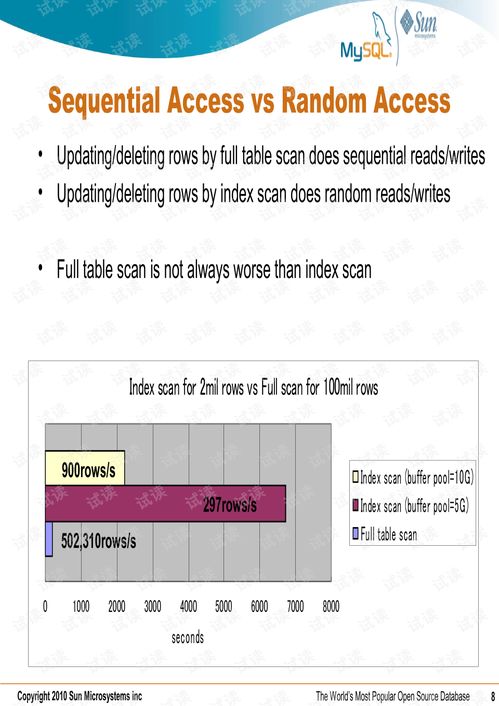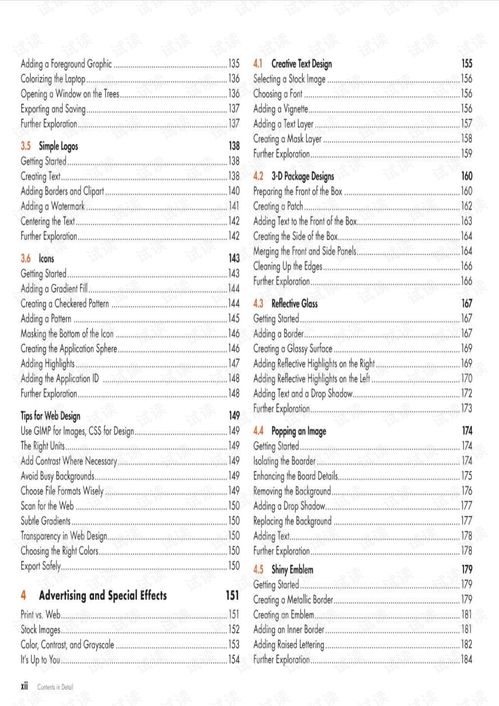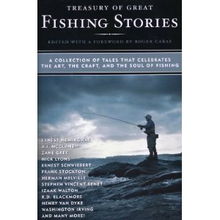Content:
Shore fishing, also known as bank fishing, is a popular and rewarding way to enjoy the tranquility of nature while pursuing your favorite fish. Whether you are a beginner or an experienced angler, mastering the art of shore fishing can enhance your overall fishing experience. In this article, we will discuss the essential tips and techniques for using a rod and reel to catch more fish with your矶竿.
Choosing the Right Equipment
The first step in successful shore fishing is selecting the appropriate equipment. Here are some key factors to consider when choosing your矶竿 and reel:
a. Rod Length: The length of your rod should be based on the type of fish you are targeting and the distance you need to cast. Longer rods provide more leverage for casting, while shorter rods are more versatile for close-range fishing.
b. Rod Action: The action of a rod refers to how it bends when pressure is applied. Fast-action rods are ideal for casting and retrieving, while slow-action rods are better for presenting baits and detecting subtle bites.
c. Reel Type: Spinning reels are a popular choice for shore fishing, as they are easy to use and allow for smooth casting and retrieving. Make sure the reel is capable of holding enough line for your chosen bait and fishing location.
d. Line Type: Monofilament line is the most common choice for shore fishing due to its flexibility and durability. Choose a line with the appropriate weight and strength for your target fish species.
Casting Techniques
Casting is a fundamental skill in shore fishing. Here are some tips to improve your casting technique:
a. Hold the Rod: Grip the rod with a comfortable, yet firm handshake. Keep your elbow close to your body and maintain a slight bend in your wrist.
b. Load the Rod: Begin by lifting the rod tip slightly and then lower it back to the starting position. This motion loads the rod with energy, which will be released during the cast.
c. Power the Cast: Use a smooth, consistent motion to power the cast. Avoid using too much force, as this can lead to inaccurate casts and line tangles.
d. Aim and Release: Aim your cast at the desired target and release the line at the right moment. Practice different casting techniques, such as the overhead cast, sidearm cast, and roll cast, to become a versatile angler.
Bait and Lure Selection
Choosing the right bait or lure is crucial for attracting fish to your矶竿. Here are some tips for selecting the best options:
a. Understand Your Target Species: Research the habits and preferences of the fish you are targeting. This will help you choose the most effective bait or lure.

b. Natural Bait: Live bait, such as worms, crickets, and minnows, can be highly effective for attracting fish. Make sure to keep your bait fresh and lively.
c. Artificial Lures: Artificial lures, such as spinners, jigs, and crankbaits, can mimic the movement of natural prey and attract fish. Experiment with different colors, sizes, and retrieves to find what works best.
Presenting Your Bait or Lure
Once you have chosen your bait or lure, it's important to present it effectively to entice fish to bite. Here are some tips for successful presentations:
a. Slow and Steady: Fish are often more attracted to slow and steady movements. Avoid rapid retrieves or erratic casts, as these can spook fish.
b. Change Routines: Mix up your retrieves and presentations to keep fish interested. Try varying the speed, depth, and direction of your bait or lure.
c. Read the Water: Observe the water conditions and fish behavior to adjust your presentation accordingly. Fish may be more active in certain areas or at certain times of the day.
Hooking and Landing Fish
Once you have hooked a fish, it's important to handle it carefully and land it safely. Here are some tips for successful hooking and landing:
a. Set the Hook: When a fish strikes, quickly set the hook by pulling the line with a quick, upward motion.
b. Play the Fish: Allow the fish to tire itself out by playing it gently. Avoid reeling in too quickly, as this can exhaust the fish and make it more challenging to land.
c. Land the Fish: Once the fish is tired, slowly bring it to the shore or boat. Use a landing net to help guide the fish into the boat or onto the shore.
In conclusion, mastering the art of shore fishing using a rod and reel requires practice, patience, and a solid understanding of the basics. By following these tips and techniques, you can improve your chances of catching more fish and enjoying a more rewarding fishing experience. Happy fishing!












